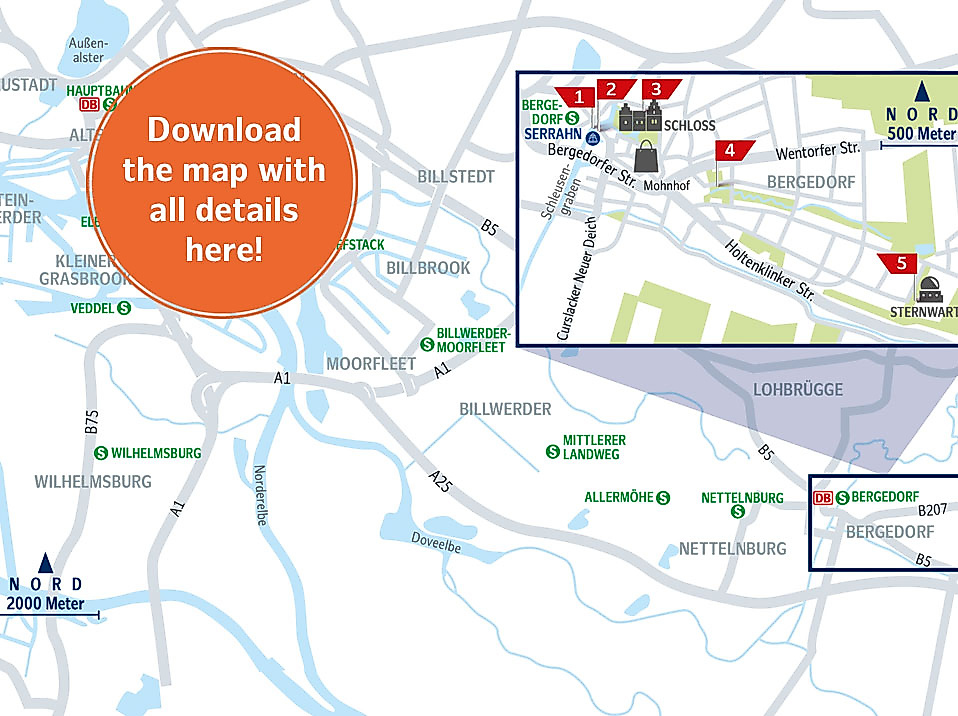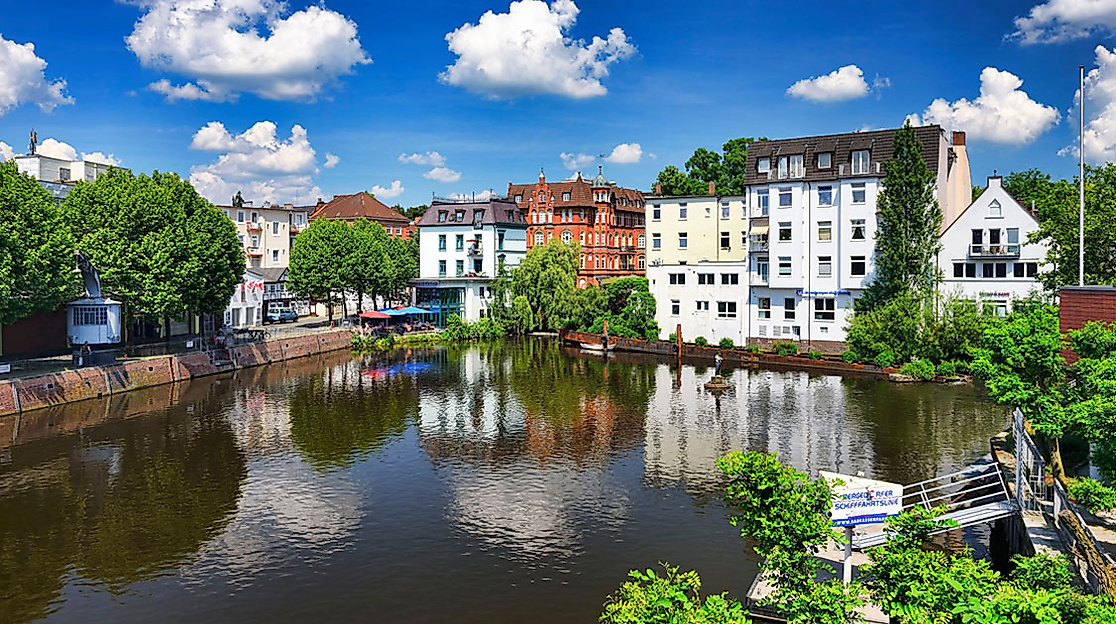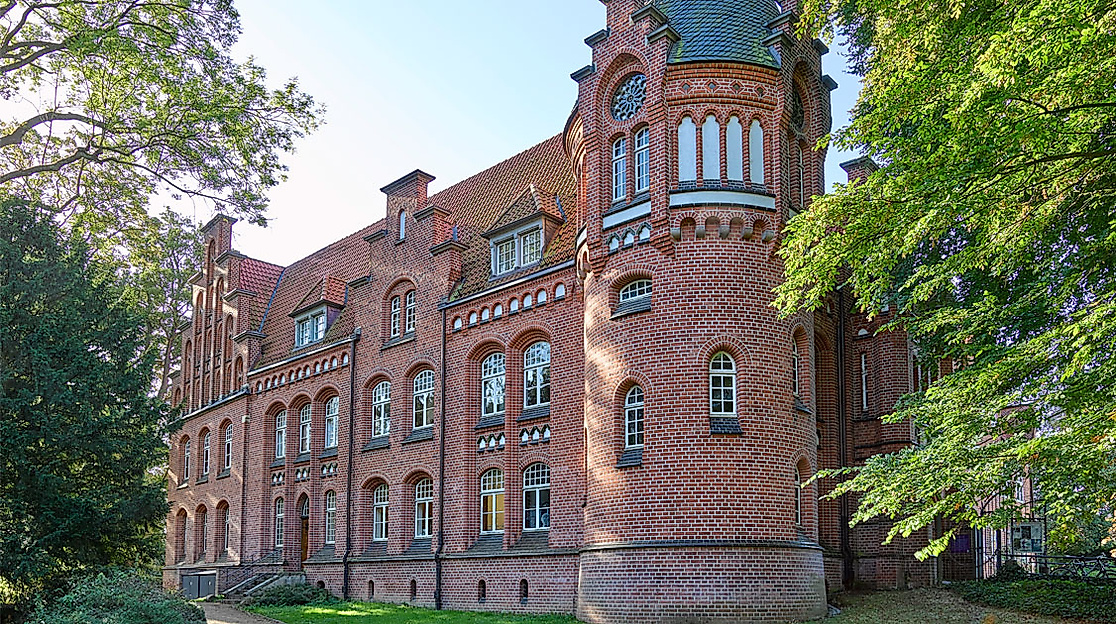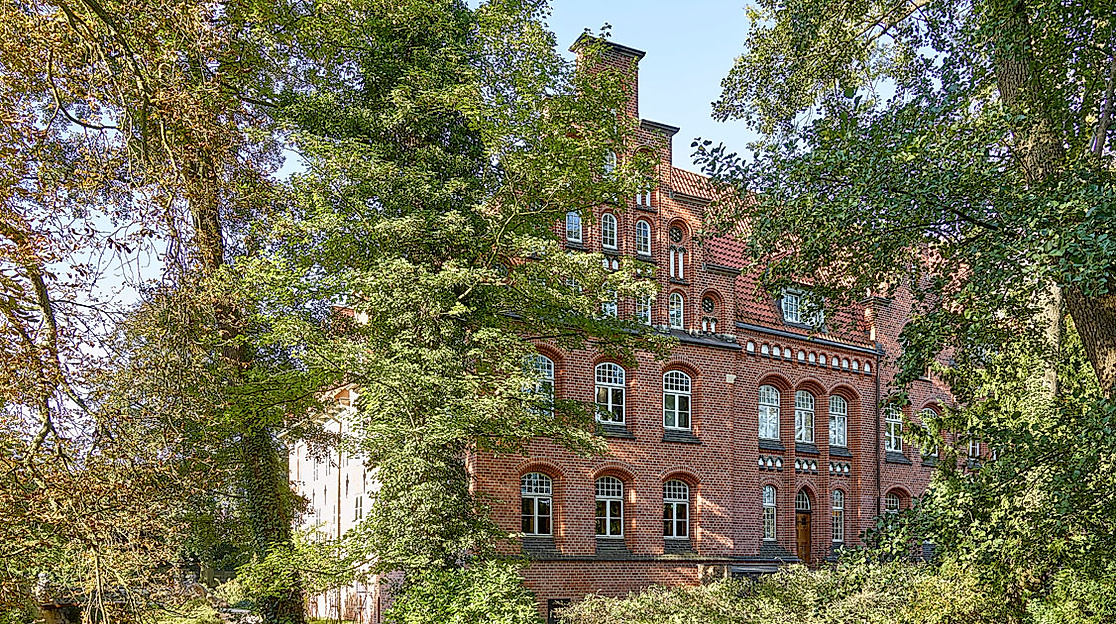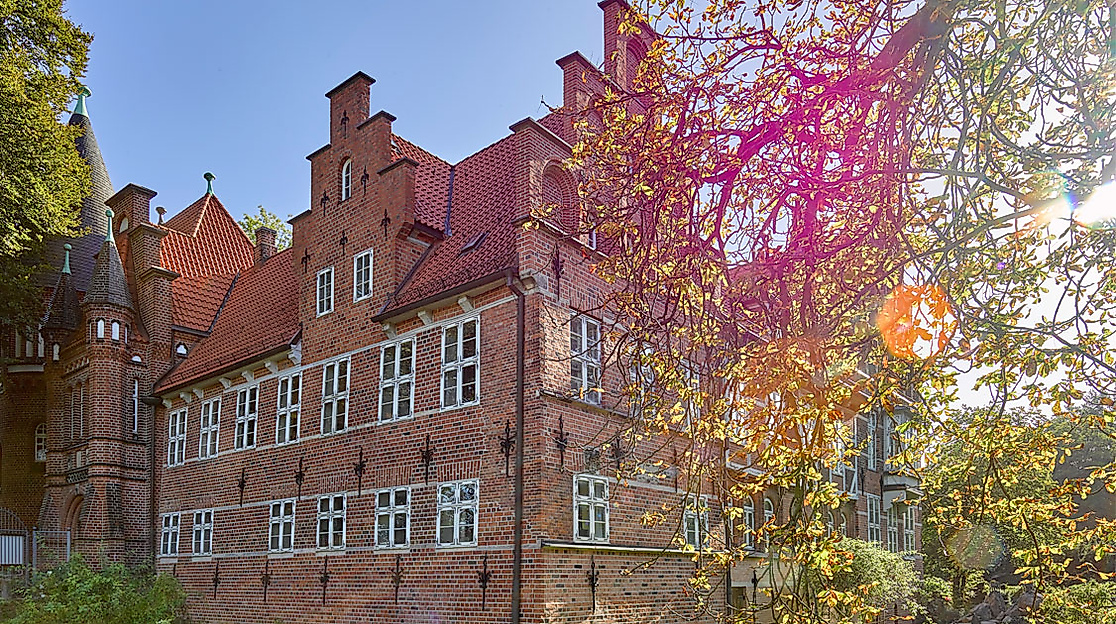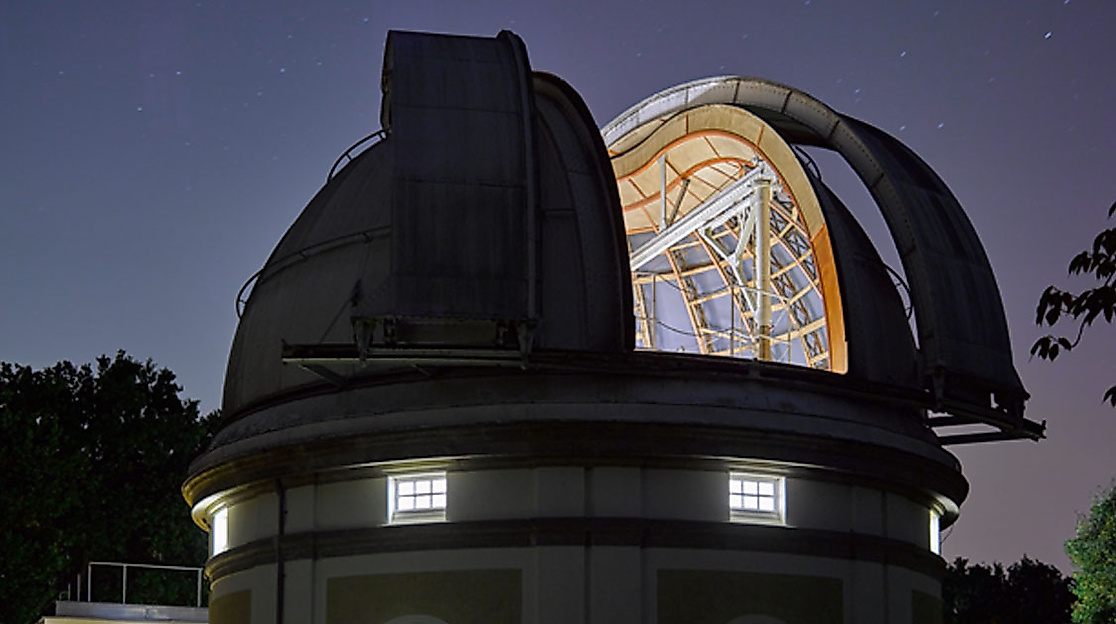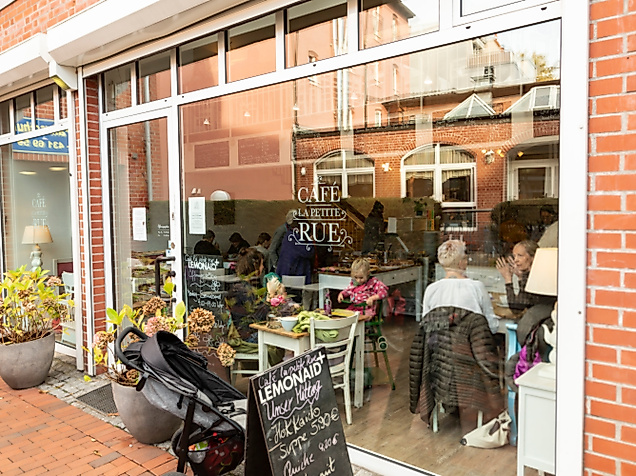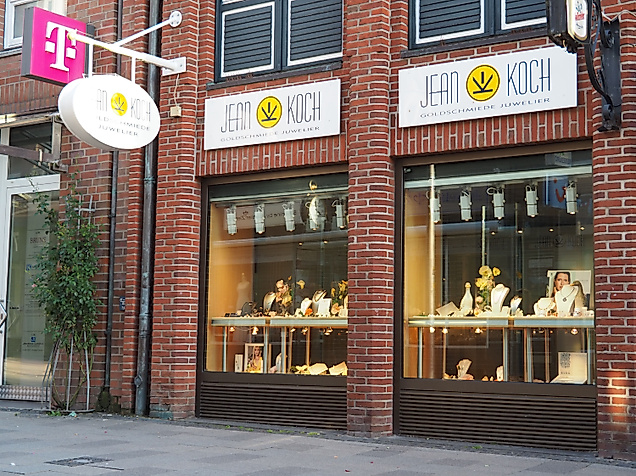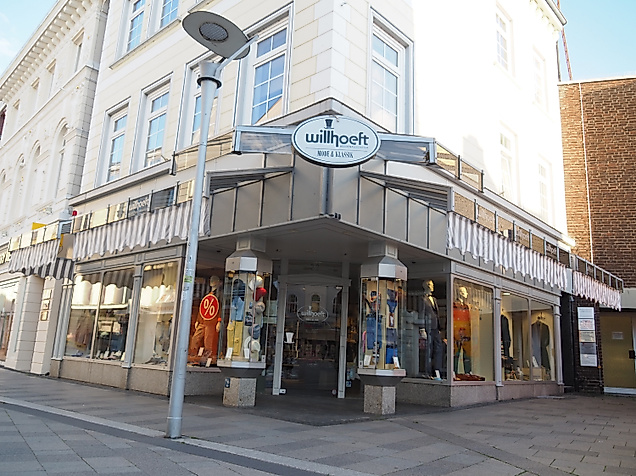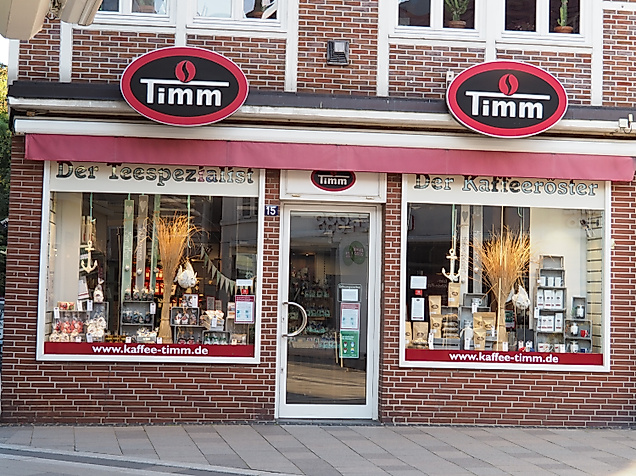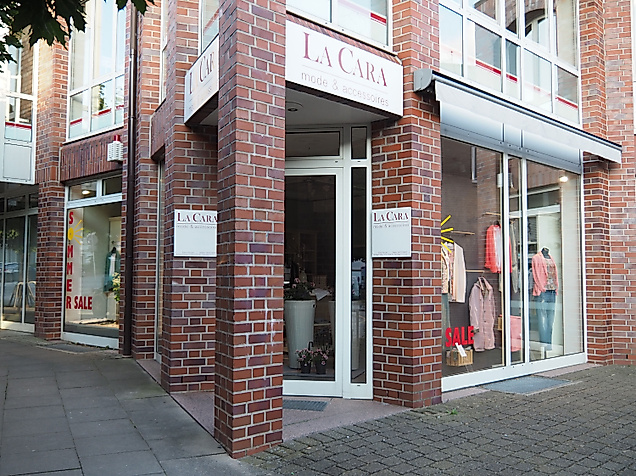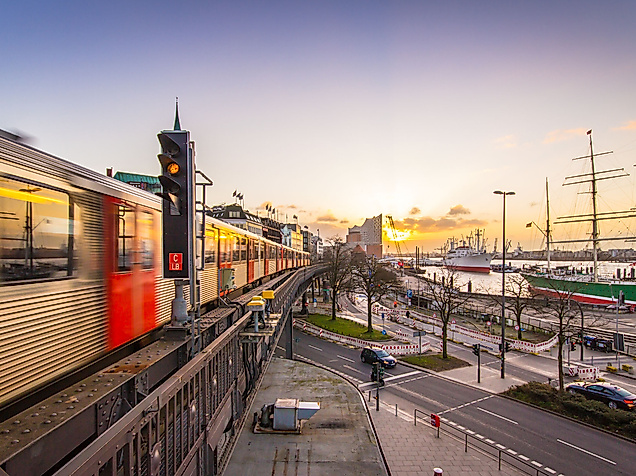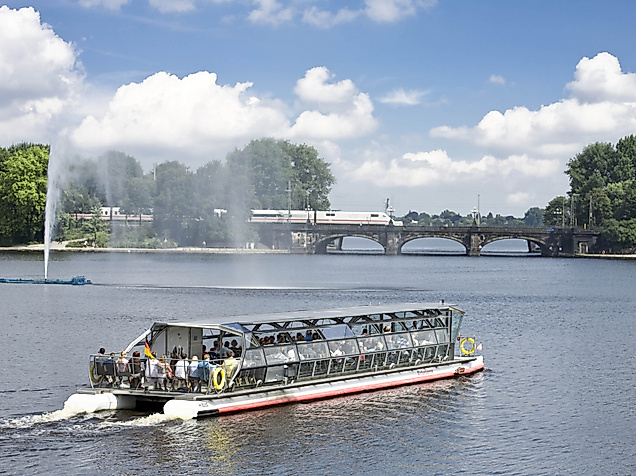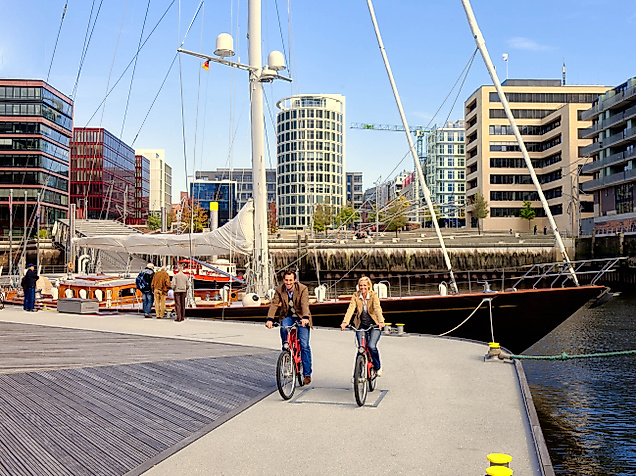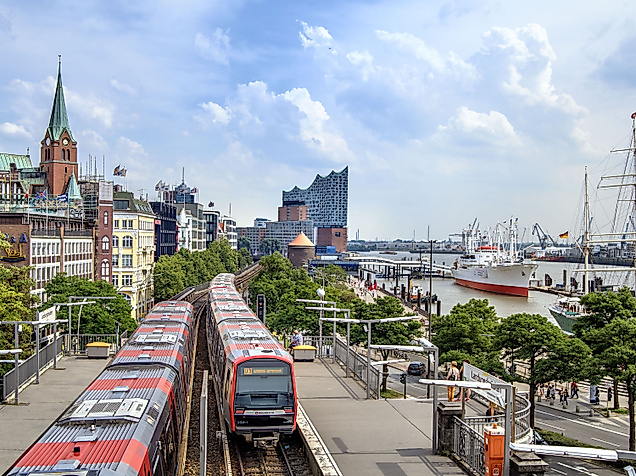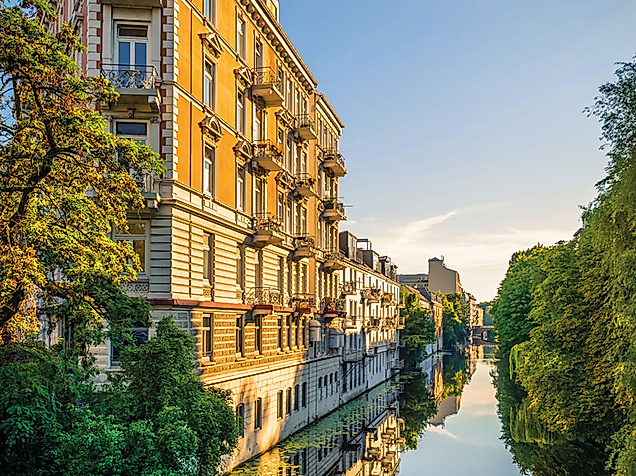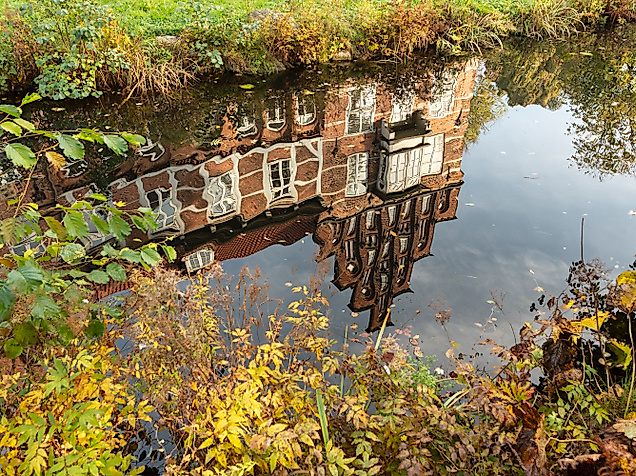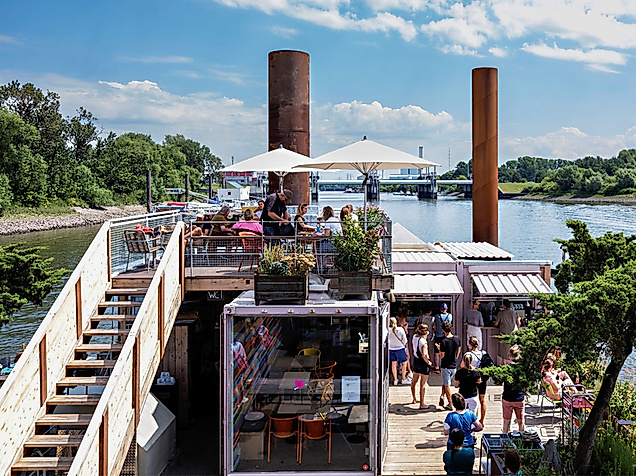
Castle route
- Historical insights
- Moving in nature
- Out and about by the water
This route in a nutshell
The route in Bergedorf is about 8 km long. Most sections are best done on foot. If you want to cycle from the city centre to Bergedorf, it is about 20 km from the Central Station. A more scenic route runs along the Elbe and Dove-Elbe to the Zollenspiekerfährhaus and then north to Bergedorf, which is about 40 km.
A stroll towards Bergedorf’s historic harbour
Whether you arrive by bike, by boat or by S-Bahn, you can now take your time drifting around idyllic Bergedorf. The route takes you across Bahnhofsplatz in a south-easterly direction to Serrahn harbour. The quay walls here are like the Landungsbrücken of Bergedorf: where today more and more cafés and restaurants invite you to linger, the waterfront was, up until the 1950s, home to busy port operations. Here, raw materials were delivered for use by large industrial companies such as the Bergedorf ironworks – and their products were then shipped to the port of Hamburg and, from there, to destinations worldwide. Blending into this maritime setting, a freshly renovated five-tonne harbour crane from 1902 still bears witness to this time. Strolling along Serrahnstrasse, a cobblestone alley right on the waterfront, you can enjoy the picturesque flair of the old harbour.
Continuing your stroll in the direction of Hamburg's only castle
While you are on the eastern bank of the harbour, you can see a historic corn water mill built in 1208. You will then continue towards Bergedorf Castle – Hamburg’s only preserved castle. Branching off from the River Bille, a moat encloses the castle gardens and, in an almost spiral shape, surrounds a small island that accommodates this beautiful building ensemble. The extensive gardens of the castle are designed like a park and have been listed since 1926. In this relaxing environment, you can follow curved paths framed by leafy greenery, with ancient trees as well as plants that make the heart of every nature lover beat faster. Each Tuesday and Friday, a lovely farmer’s market takes place here, with stalls placed along the edge of the castle gardens. Crossing romantic little bridges you now walk over to the stately castle, a red-brick building from the 13th century. A king never lived here; instead, the castle served as a country residence for nobility and an administrative building. Ever since 1953, it has housed a regional museum focusing on the history of Bergedorf and the Vier- und Marschlande region. Temporary exhibitions and events invites visitors to immerse themselves in different eras, and the castle restaurant allows you to wine and dine in a historic setting.
Gazing up at the stars
If you like to reach for the stars, you should take the opportunity to visit the Hamburg Observatory in Bergedorf. Simply walk along Chrysanderstrasse in a south-westerly direction, and once you’ve crossed the B5 federal road, you will reach Bergedorf Rathauspark via Greves Garten. The Rathauspark stretches between the historic town hall and the observatory and offers a peaceful environment along the rippling Schulenbrooksbek stream with its little bridges, allotment gardens and inspiring sculptures. At the end of the park, keep going south until you reach Gojenbergsweg, where you continue to walk in an easterly direction. After just under 1 km you will arrive at the Hamburg Observatory. This is where, in a large park, an ensemble of listed neo-baroque dome buildings house diverse historic refractors and telescopes. Today, scientists from the University of Hamburg still conduct astrophysics research at the site and observe planets, stars and other celestial bodies from here. The site has been a listed building since 1996. The historic premises can be viewed, and there is also a changing programme of events that includes guided tours and “stargazing nights”.
Gastronomy & shopping
Bergedorf’s old town offers shopping enthusiasts a decent selection of small retailers and other shopping opportunities. If you get hungry, you can try out one of the many eateries. All those who fancy a cup of tea or coffee and a slice of cake, will also find lovely cafés here.
